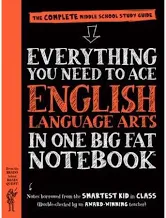Commenting on Comments on Your Content
“If you are a business with a blog on your website, then I would lean towards NOT allowing comments on your blog,” Nathaniel Tower writes. Most of the comments on business blogs tend to be spammy attempts to direct your potential customers away from your site and to their own instead,” Tower says. “You aren’t going to sell anything in the comments.”
On the other hand, Tower observes, sincere comments can promote community, and even be a source of ideas. You can allow comments on some posts, but not on most, he advises. In fact, he suggests, you might write comments on other people’s posts or blogs, being sure your remarks are “thoughtful and promote discussion”.
There’s a reason many major marketing blogs don’t allow comments, Caroline Forsey of Hubspot points out, confessing “we don’t either”. Her Hubspot colleague Dan Zarrella found that “blog conversations don’t lead to more views or links.” His conclusion: “With your blog, comments should not be a goal – They don’t lead to views or links.” Probogger comes at the question from a different point of view – removing comments doesn’t have to be a decisions you make once, for the first week or month the post goes live, but can be done at any point later on.
On the other side of the question, Fabrizio Van Marciano, on Magnet4Blogging, uses a wry metaphor, asking us to think about eating toast in the morning cold with no butter or jelly (which Fabrizio likens to the blandness of a blog with no back-and-forth engagement).
In theory, I agree with Van Marciano – blogs should be available not only for reading, but for acting and interacting. Still, spam comment attacks are ubiquitous, typically arriving in three forms (a. total nonsense, with links to sites the writer is promoting, b. comments totally unrelated to the topic of the blog post, and c. blatant advertising for web services.
At Say It For You, we don’t automatically accept comments, reserving the right to “check them at the door”.






Follow us online!